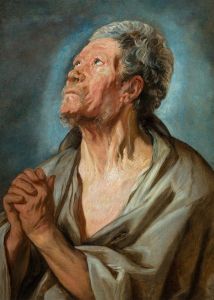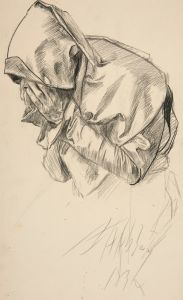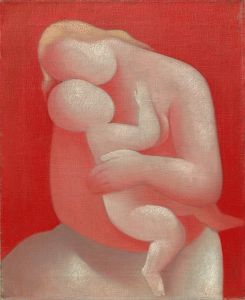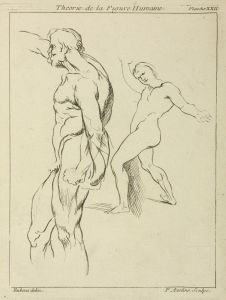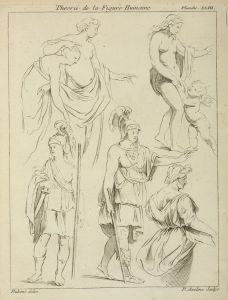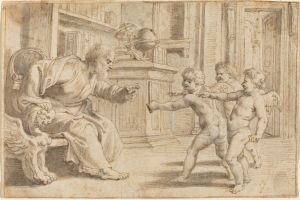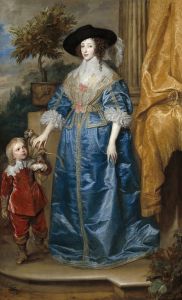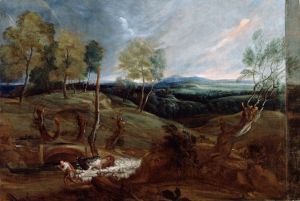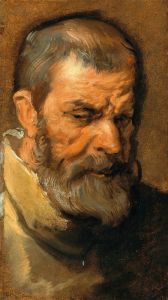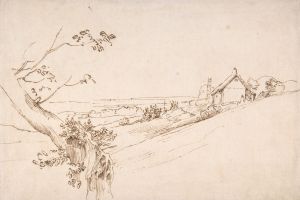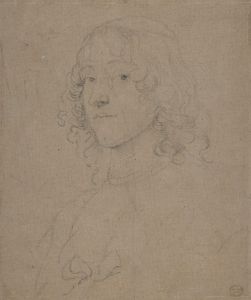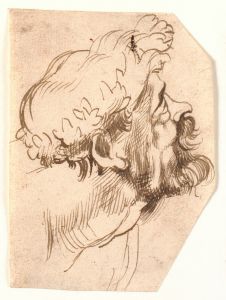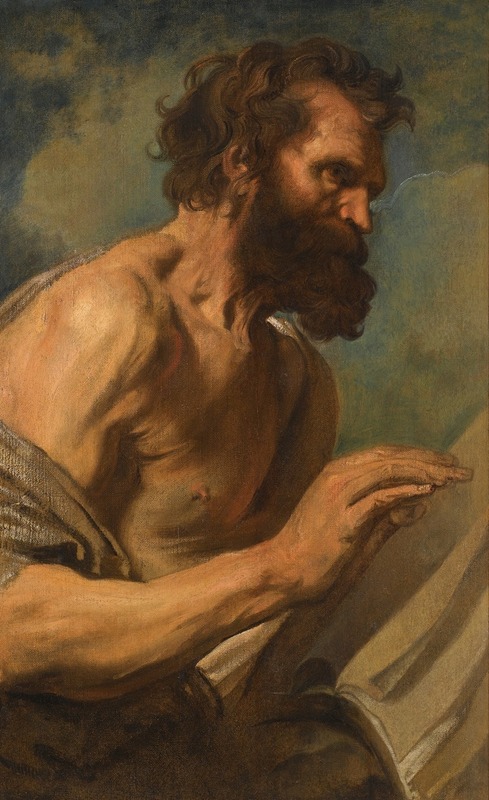
Study of a Bearded Man with Hands Raised
A hand-painted replica of Anthony van Dyck’s masterpiece Study of a Bearded Man with Hands Raised, meticulously crafted by professional artists to capture the true essence of the original. Each piece is created with museum-quality canvas and rare mineral pigments, carefully painted by experienced artists with delicate brushstrokes and rich, layered colors to perfectly recreate the texture of the original artwork. Unlike machine-printed reproductions, this hand-painted version brings the painting to life, infused with the artist’s emotions and skill in every stroke. Whether for personal collection or home decoration, it instantly elevates the artistic atmosphere of any space.
"Study of a Bearded Man with Hands Raised" is a drawing by the renowned Flemish Baroque artist Anthony van Dyck. Van Dyck, born in 1599 in Antwerp, was a prominent painter and draftsman, best known for his portraits and religious works. He was a leading figure in the Baroque movement and served as the court painter for King Charles I of England.
The drawing "Study of a Bearded Man with Hands Raised" is a fine example of van Dyck's skill in capturing human expression and anatomy. This work is a study, which means it was likely created as a preparatory piece for a larger painting or project. Artists of van Dyck's time often produced studies to explore different poses, expressions, and compositions before committing to a final piece.
In this drawing, van Dyck focuses on the figure of a bearded man, depicted with his hands raised. The man's expression and gesture suggest a moment of intense emotion or supplication, which is characteristic of the dramatic and expressive style of the Baroque period. Van Dyck's ability to convey emotion through subtle details in the face and hands is evident in this work.
The medium used for this study is likely chalk or ink on paper, common materials for drawings of this nature during the 17th century. Van Dyck's use of line and shading demonstrates his mastery of draftsmanship, allowing him to create a sense of volume and depth even in a monochromatic medium.
Van Dyck's studies are highly valued for their insight into his working process and artistic development. They provide a glimpse into how he approached composition and the human form, which were central themes in his oeuvre. His studies also reflect the influence of his teacher, Peter Paul Rubens, another giant of the Baroque era, under whom van Dyck trained in Antwerp.
While "Study of a Bearded Man with Hands Raised" is not as widely known as some of van Dyck's finished paintings, it remains an important piece for understanding his artistic journey. It showcases his ability to capture the human condition with sensitivity and precision, qualities that made him one of the most sought-after portraitists of his time.
Today, van Dyck's works, including his studies, are held in high esteem and can be found in major museums and collections around the world. They continue to be studied and admired for their technical brilliance and emotional depth, ensuring van Dyck's legacy as a master of the Baroque period endures.






